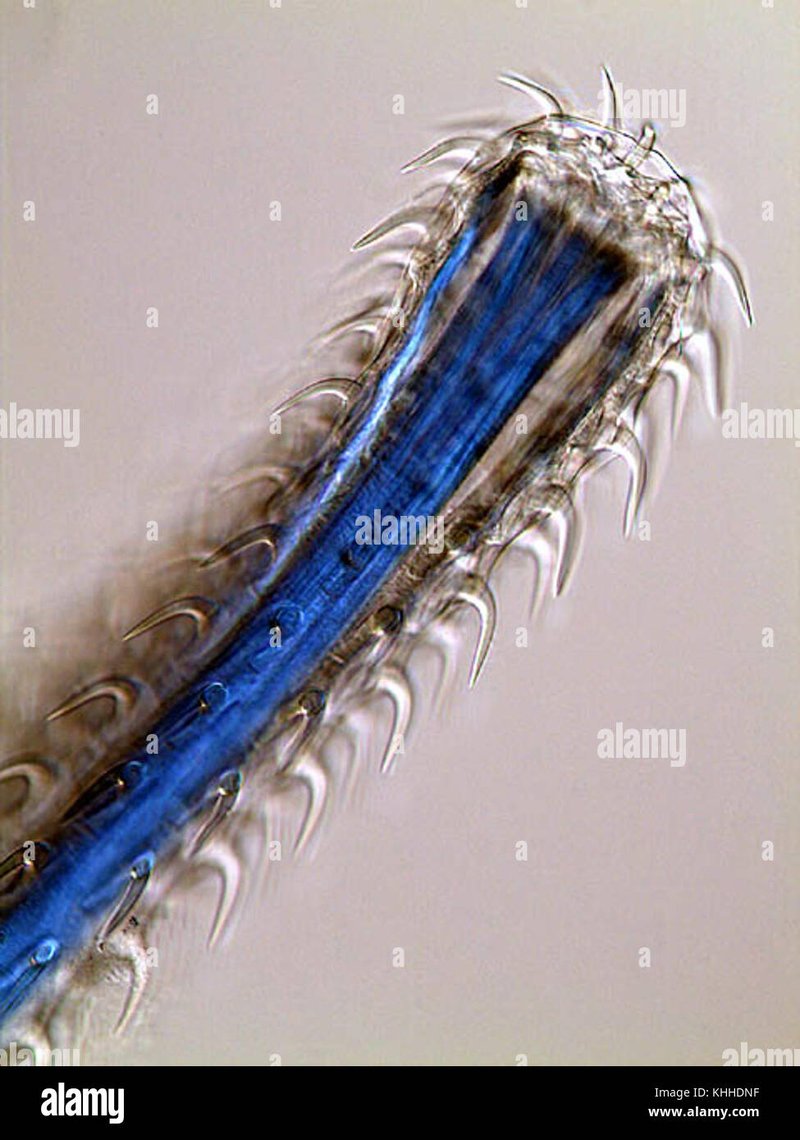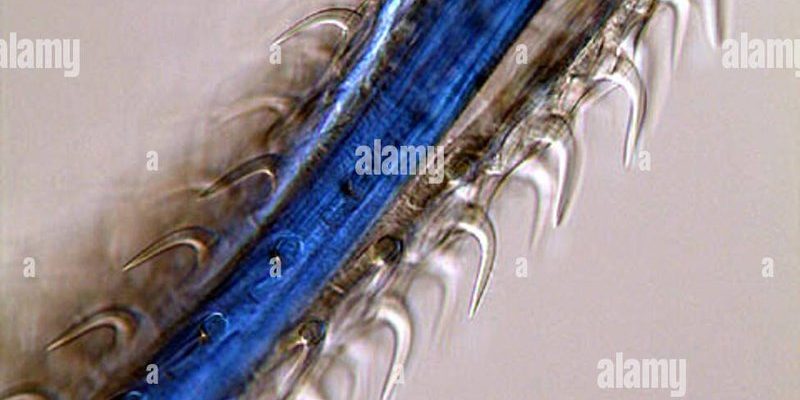
Imagine you’re at a party. The vibe is great, people are mingling, and the music is just right. But then, one by one, friends start to leave, and soon, the atmosphere shifts. In a way, Acanthocephala do something similar—they react to changes in their environment, and studying them can help us understand what’s going on under the surface. So let’s dive into the fascinating world of Acanthocephala and discover how they contribute to environmental monitoring and bioindication.
What are Acanthocephala?
Acanthocephala, commonly known as thorny-headed worms, are a unique group of parasitic worms. They can be found in various hosts, including fish, birds, and mammals. Their defining feature is the spiny or thorny structure at their head, which helps them anchor themselves to the host’s intestinal wall. While they might seem unsettling, their role in the ecosystem is anything but trivial.
You might be wondering why we should care about these creatures. The truth is, Acanthocephala have specific environmental requirements for their survival and reproduction. This means that they are sensitive to changes in their habitats, such as pollution or climate changes. By studying their populations, researchers can gauge the health of freshwater and marine ecosystems.
The Role of Acanthocephala in Ecosystem Health
Acanthocephala play a critical role in the food web. They influence the population dynamics of their host species, which can have a ripple effect through the ecosystem. For instance, if their populations decline due to pollution, it might lead to an overabundance of their hosts, which could then disrupt local food chains.
Moreover, they can also indicate the health of their habitats. An increase in Acanthocephala may signal stress within an ecosystem, often linked to factors like increased nutrient loading from agricultural runoff. By assessing their populations, scientists can identify potential environmental issues early on, allowing for timely interventions.
Additionally, Acanthocephala have shown promise as bioindicators. This means that changes in their populations can serve as warning signs of larger ecological problems. It’s like having a warning system for environmental health—one that can catch issues before they escalate into bigger crises.
How Acanthocephala are Used in Environmental Monitoring
Acanthocephala are increasingly being recognized for their utility in environmental monitoring. Researchers collect data on their prevalence, diversity, and host specificity to gain insights into the overall health of aquatic environments. This kind of monitoring can be particularly beneficial in assessing the impact of human activities, such as urban development, agriculture, and pollution.
For example, studies have shown that certain species of Acanthocephala can thrive in polluted waters, while others decline. By mapping these population shifts, scientists can create a clearer picture of how pollution is affecting entire ecosystems. So, Acanthocephala not only signal trouble but also provide a way to measure the effectiveness of restoration efforts.
Moreover, the process of using Acanthocephala for monitoring is relatively straightforward. Researchers collect samples from various locations, examine the types of Acanthocephala present, and determine the health of the ecosystem based on their findings. This can be done regularly, creating a monitor system that tracks changes over time.
The Advantages of Using Acanthocephala for Bioindication
You might be thinking about how Acanthocephala compare to other bioindicators. One significant advantage is their specific relationship with certain host species. Because they depend on specific hosts, changes in their populations can offer more targeted insights about those hosts and their environments.
For instance, if a particular species of fish is in decline and so is its associated Acanthocephala, it points to issues within that fish population or the habitat it relies on. This rich interplay allows for a nuanced understanding of aquatic ecosystem health.
Furthermore, Acanthocephala are relatively easy to study. Their life cycles are often well understood, and their presence can be quantified through sampling. This makes them a practical choice for researchers and environmental agencies looking to implement effective monitoring strategies.
Challenges in Using Acanthocephala for Environmental Monitoring
While the benefits of studying Acanthocephala are clear, it’s not without its challenges. For one, detecting these parasites requires specialized knowledge and methods. Not everyone has the expertise to identify different species accurately, making it essential for researchers to collaborate and share findings.
Another challenge is the potential for misinterpretation of data. Environmental changes can affect the populations of Acanthocephala, but these changes could also be caused by other factors, such as climate change or natural population cycles. It’s crucial to consider all possible influences when using Acanthocephala as indicators.
Lastly, it’s important for researchers to stay updated on the latest methods and technologies in ecological monitoring. The science of bioindication is always evolving, and the methods used today may change as new insights and technologies emerge. Keeping pace can be a bit of a juggling act!
Future Perspectives on Acanthocephala in Environmental Monitoring
Looking ahead, there’s a lot of potential for Acanthocephala in environmental monitoring. As scientists continue to explore their roles in ecosystems, we can expect more refined methods for utilizing their insights. This could lead to more effective conservation strategies and a better understanding of the environmental challenges we face.
For example, new genetic techniques may allow for quicker and more accurate identification of Acanthocephala species, enhancing their use as bioindicators. Additionally, integrating Acanthocephala data with other environmental indicators could provide a more comprehensive view of ecosystem health.
As awareness of environmental issues grows, so too does the importance of effective monitoring systems. Acanthocephala could play a pivotal role in these systems, helping us safeguard our aquatic environments for future generations.
In summary, Acanthocephala offer us valuable insights into the health of our ecosystems. While they might not be the first creatures that come to mind when we think about environmental monitoring, their role as bioindicators is undeniable. By studying these unique parasites, we can gain a deeper understanding of the intricate balance within aquatic environments and respond to changes before they escalate.
The next time you hear about Acanthocephala, remember they’re not just creepy-crawlies; they’re key players in our ecosystems, reminding us of the delicate balance we have to maintain. So let’s keep an eye on these fascinating parasites—they might just hold the keys to a healthier planet.

